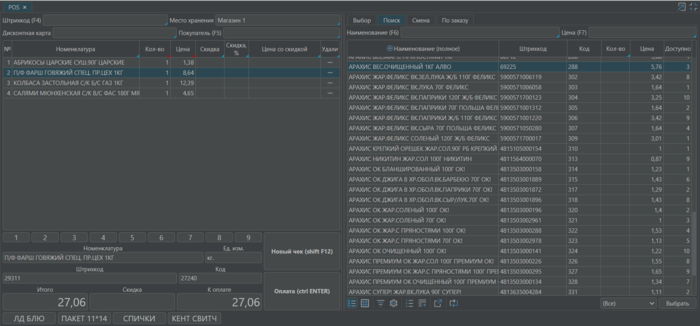Available release of the information systems development platform lsFusion 4.0 . The platform is based on one of the rather rare programming paradigms – function-level (not to be confused with functional) programming and, in in particular, therefore, it differs significantly from all platforms existing on the market (for example, SAP, Dynamics AX, 1C, .Net). Also internally, event, reactive and object-oriented programming is very actively used, and all this, according to the developers, allows an order of magnitude to increase the speed and quality of development, as well as the speed of the systems being created. The project code is written in Java and is distributed under the LGPLv3 license. A typical solution for small and medium businesses on this platform ( MyCompany ) distributed under the Apache 2.0 license.
General changes in the fourth lsFusion 4.0 versions:
- New views of lists have been added, allowing the user to display data not only in the form of ordinary tables, but also in any other form. The developer (as well as the user) can select views from a set of predefined views and add their own.
- Added support for grouping views (one of the options for predefined list views). In these views, the user can independently group data in any sections and thereby carry out basic analytics. The data can be displayed in the form of pivot tables (with the possibility of ordering, client filtering, export to Excel, etc.), as well as in the form of various charts and graphs.

- Added support for map and calendar (again, variants of predefined list views), as well as so-called custom views, in which the developer can set any of his own javascript functions to display (which allows using any of the existing open-source javascript components).

- The user interface design has been almost completely redesigned, and support for the dark theme has been added.

- Implemented support for various additional types of authentication “out of the box”: OAuth authentication (Yandex, Facebook, Google), authentication directly in the URL and / or request headers, self-registration (via the web interface).